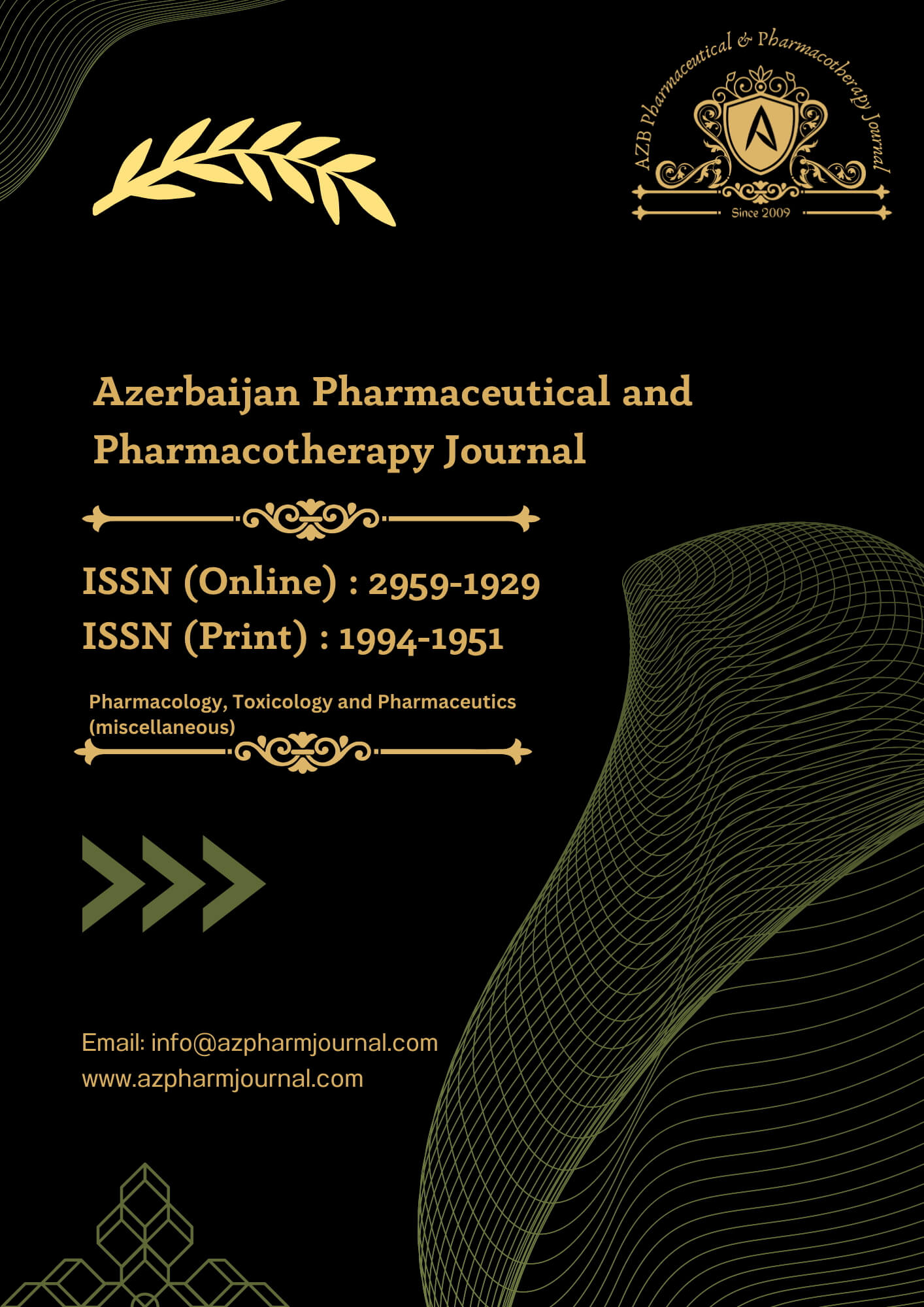UNITED NATIONS RESOLUTIONS:
The United Nations General Assembly on December 10, 1948 made resolution which is known as “Universal Declaration of Human Rights”. This resolution in Article 25 declares that every child has right to care and protection. The U.N. General Assembly on November 20, 1989 made special Resolution recognizing the rights of the child which is known as “ U.N. Convention on the rights of the child” and it came into force on September 2, 1990. Article 1 defines “child” as every human being below the age of eighteen years unless the law applicable to the child, majority is attained earlier. The U. N. Resolution issues several directions to the states who signed the U.N. Resolution to make laws and adopt plan of actions to recognize rights of the child and to ensure protection of child from any violence, proper nourishment, access to quality education, development, freedom of speech and expression etc.
ACTIONS OF GOVERNMENT OF INDIA:
The Government of India adopted The National Policy for Children, 2013. Before that Government of India adopted the National Policy for Children, 1974 in terms of its ratification of international conventions. There after Government of India adopted the National Charter for Children, 2003. The latest Resolution 2013 becomes inevitable due to emerging challenges in the situation of children, is a continuity of earlier resolutions to secure happy and healthy childhood and to protect children from all forms of abuse, while strengthening the family, society and the Nation.
The Constitution of India in Part III “Fundamental Rights” in Article15 (3) provides that state is not prevented to make special provision for women and children. Article 21A guarantees right to education to all children of the age of 6 to 14 years. Article 23 prohibits traffic in human beings and forced labour. Article 24 prohibits employment of children in factory, mine and hazardous employment. In Part IV “ Directive Principles of State Policy” Article 39 (e) & (f) provide safeguards for children against abuse and forced labour and to protect freedom and dignity of child. In its commitment to protect child from forced labour and beggary, sexual abuse, for care and protection of abandoned and rescued children and to punish the child abusers and offenders, Government have enacted special laws such as the Bonded Labour System (Abolition) Act,1976, the Juvenile Justice ( Care and Protection of Children) Act,2000, the Protection of Children from Sexual Offences Act, 2012 and its Rules,2012, and the Prohibition of Child Marriage Act,2006 . Sections 370 to 374 of the Indian Penal Code provide for deterrent punishment for offenders of Child-Trafficking.
